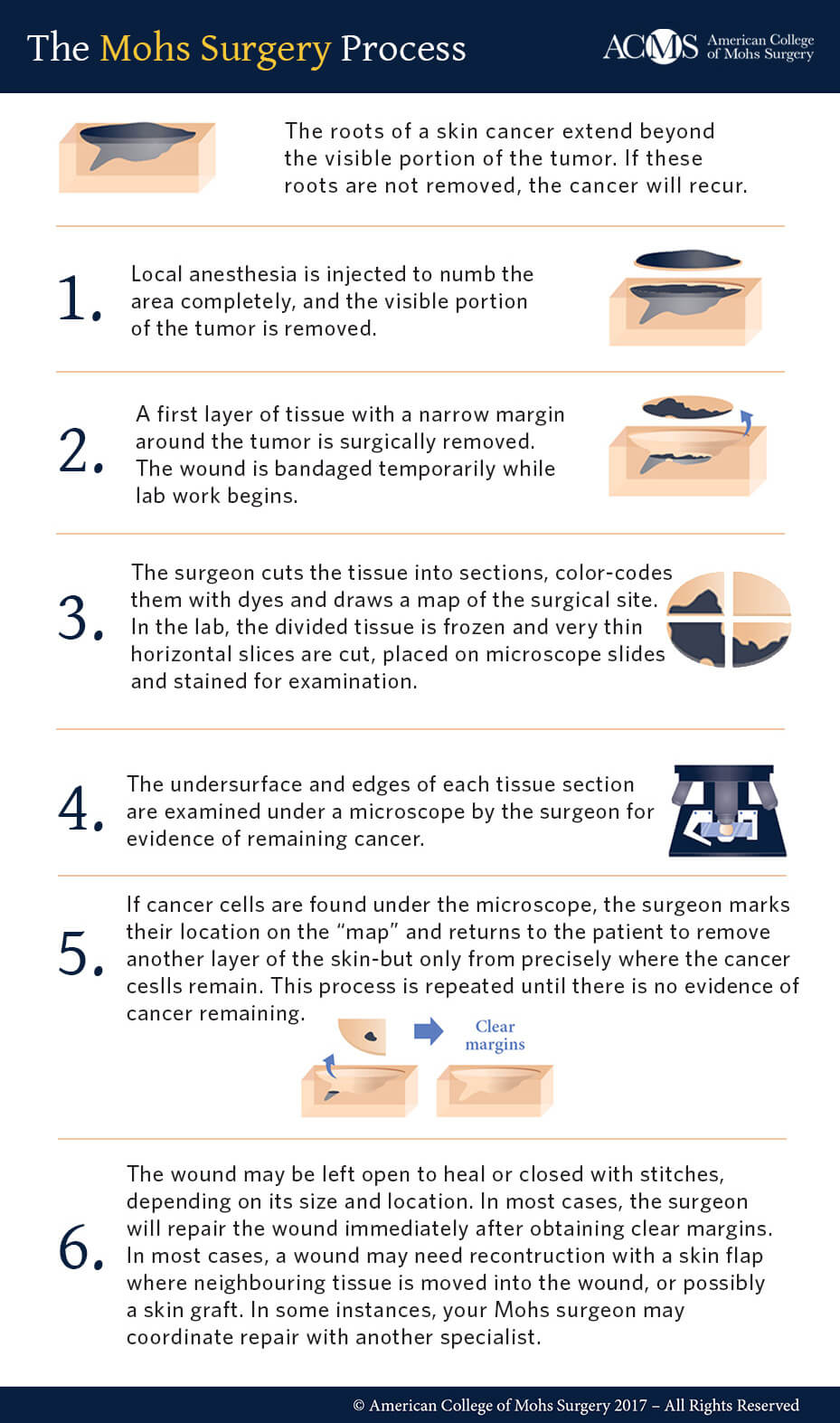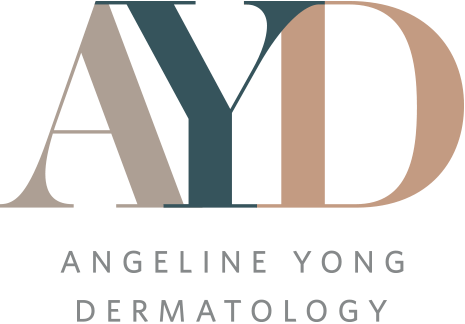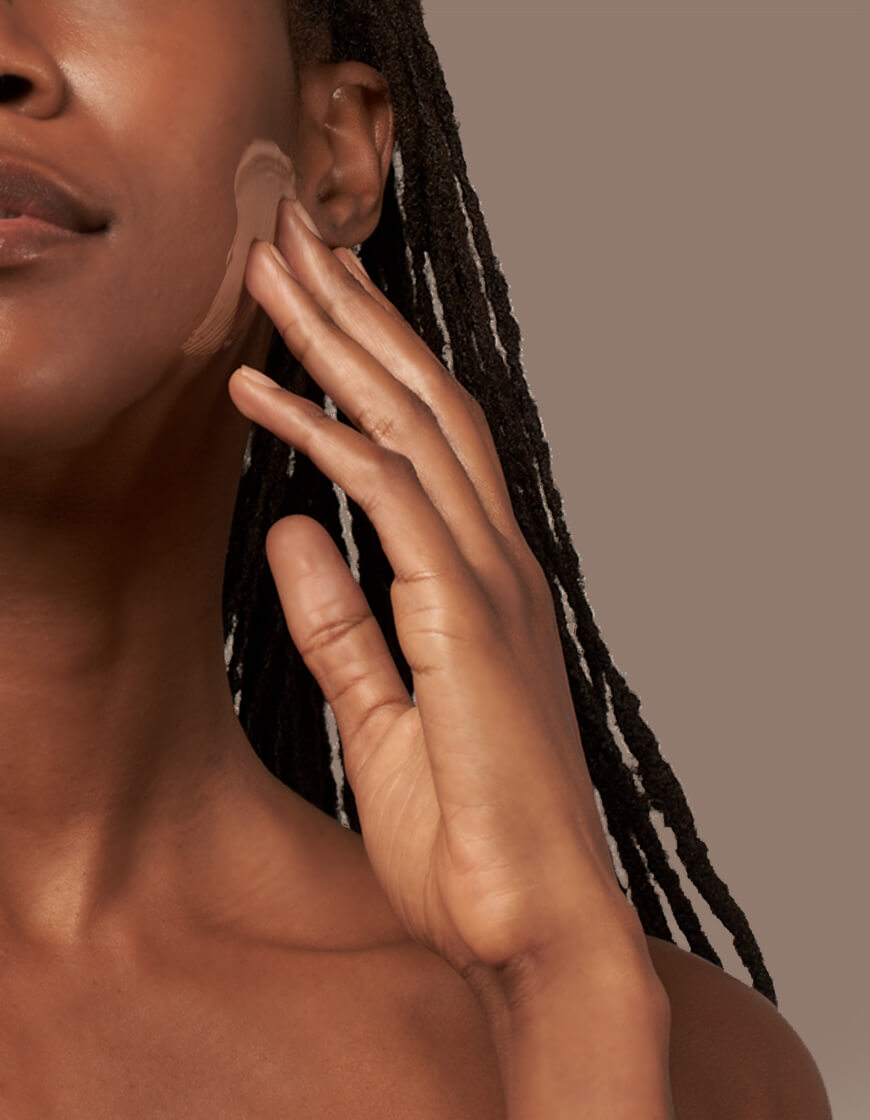MOHS MICROGRAPHIC SURGERY & CUTANEOUS RECONSTRUCTION
Mohs Micrographic Surgery
Mohs Micrographic Surgery is a highly specialised and effective method for removing skin cancers. Developed by and named after Dr. Frederic E. Mohs, the technique is renowned for its precision, using microscopic margin control to completely excise skin cancer while preserving as much healthy tissue as possible. This method, commonly referred to as Mohs surgery, offers the highest cure rates for skin cancer, making it a preferred treatment option worldwide.
In Singapore, Mohs micrographic surgery has become a leading choice for treating high-risk skin cancers, such as Basal Cell Carcinoma (BCC) and Squamous Cell Carcinoma (SCC). The procedure involves progressive removal of the visible portion of the tumour and further tissue at the margin that may include cancerous cells, one layer at a time. After every stage, the excision margins are examined microscopically for any remaining cancer cells whilst the patient is in the treatment facility, and the process will be repeated until all the cancer has been completely removed. This precise approach is a hallmark of Mohs micrographic surgery, ensuring that cancerous cells are thoroughly eliminated.
Mohs Surgery Process


THE MOHS MICROSURGERY PROCEDURE
Mohs surgery involves a thorough, staged process to ensure complete cancer removal:
- The histological processing takes place on the surgery day via frozen sections, and the wound is closed only after all the cancer is removed.
- The excision margin is examined through an embedding technique, allowing horizontal sections to be cut involving all the deep and radial excision margins.
- If the tumour is still visible, the excision is considered incomplete, and the patient is given a further stage of Mohs.
- Closure is performed only after the skin cancer is entirely removed.
- The mapping process and colour coding system allow precise localisation of any remaining cancer, with tissue being removed only if it contains cancer.
- Helps to preserve healthy tissue by minimising the removal of surrounding normal skin.
The Mohs surgery is recommended if:
- The skin cancer is in cosmetically sensitive sites (e.g. eyelids, nose, ears, lips) to minimise removal of healthy tissue
- The edges of the tumour are clinically not well-defined
- The skin cancer is of an aggressive subtype
- The skin cancer has recurred
- The skin cancer was previously excised, but some cancer cells remain
It is important to note that each patient’s case is unique, and there may be certain characteristics of the tumour or location of the tumour for which a different method may be suitable, such as standard wide excision. Typically, Mohs surgery is favoured by patients, especially in cosmetically-sensitive areas, as the procedure is tissue-sparing and recommended by surgeons if the edges of the tumour are clinically not well-defined or are of a high-risk subtype.
It’s vital to consult with a dermatologist experienced in Mohs micrographic surgery – a complete assessment is imperative to discuss both options and select a plan of management based on patient preferences and tumour characteristics. Dr Angeline Yong, based in Singapore, is a dermatologist and dermatological surgeon who sub-specialises in skin cancers, Mohs Micrographic Surgery, and cutaneous reconstruction. Previously an integral member of both the Mohs Micrographic Surgery service and skin cancer division at the National Skin Centre, Dr Yong has completed a year-long fellowship at St John’s Institute of Dermatology, Guy’s and St Thomas’ NHS Trust, which is the leading, as well as largest, dermatology centre in the United Kingdom.
Dr Yong was also the first Singaporean to qualify to be admitted as a member of the American College of Mohs Surgery. Her extensive qualifications also include being an international fellow of the American Society of Mohs Surgery, a member of the British Society of Dermatologic Surgery, and a member of the American Society of Dermatologic Surgery.
To explore more about Mohs surgery, watch this informative video where Dr Angeline Yong explains the details and process of Mohs micrographic surgery:

In this video, Dr Yong discusses skin cancers, the intricacies of Mohs micrographic surgery, and post-Mohs surgery cutaneous reconstruction. Learn more about the procedure and what to expect.
Specialising in dermatology, Dr Angeline Yong is trained and accredited to perform Mohs Micrographic Surgery and Cutaneous Reconstruction for skin cancer treatments in Singapore. Previously served at the National Skin Centre for more than a decade, she integrates her experiences to offer personalised treatments. If you’re seeking care for Mohs micrographic surgery in Singapore, Dr Angeline Yong’s extensive background in Mohs surgery makes her a trusted provider for a procedure that prioritises both cancer removal and the preservation of your natural appearance.




